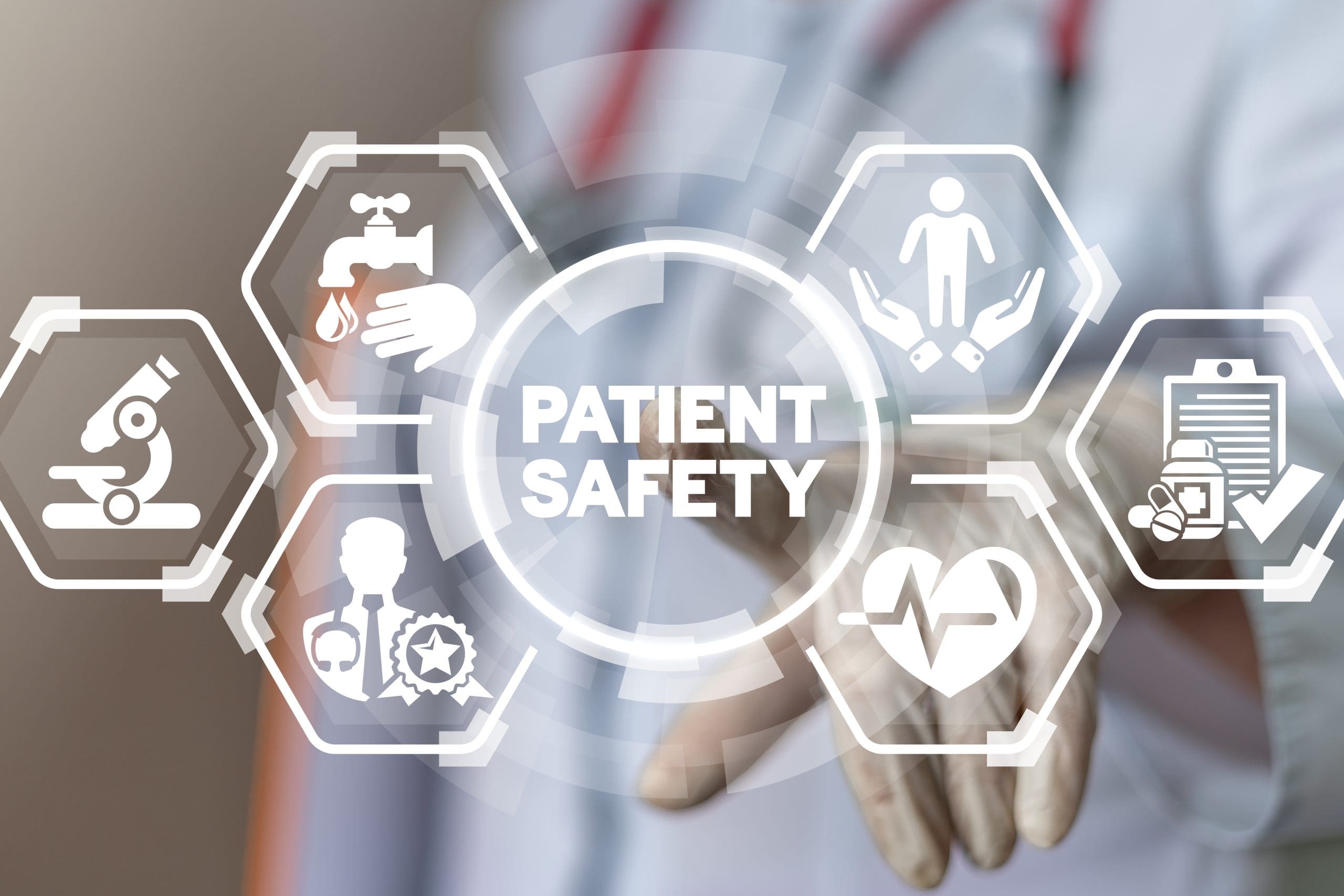Patient Safety Awareness: A Week Dedicated to Minimizing Preventable Harm in Health Care
 Approximately 400,000 hospitalized patients experience some type of preventable harm each year, with one-fourth dying from these errors.1,2 Medical errors cost roughly $20 billion a year, which makes preventable harm in health care both a leading cause of death and health expenditures in the United States.
Approximately 400,000 hospitalized patients experience some type of preventable harm each year, with one-fourth dying from these errors.1,2 Medical errors cost roughly $20 billion a year, which makes preventable harm in health care both a leading cause of death and health expenditures in the United States.
Based on these statistics, the Institute for Healthcare Improvement has made March 13–19, 2022, Patient Safety Awareness Week to raise awareness of a major public health concern and attempt to improve the safety of the health care patients and workforce.3 Pharmacists aid in minimizing the amount of preventable adverse events (AEs) in most health care settings through providing education and counseling, ensuring correct and safe medication use, as well as making sure health care settings are aware of and implementing practices shown to mitigate patient harm.
For the past several decades the mainstay of the pharmacist’s role in safety has revolved around ensuring safe prescribing, dispensing, and use of medications, as well as providing patients counseling to ensure they know how to use the medication appropriately.4 However, pharmacists’ expertise in medication use has expanded their role to a critical member of the multi-disciplinary care team, because their inclusion has been shown to reduce medication errors.
Pharmacists have a responsibility to provide education not only to patients, but other members of the health care team. This particularly important with complex medication management, adverse drug reaction prevention, drug interactions, pharmacokinetic and pharmacodynamic considerations, alternative treatment identification and evidence-based individualized treatment.
Pharmacists can ensure optimal safety practices are in place in many evolving ways, such as advancing medication stewardship.4 Medication stewardship in other areas ensures that medications are being used judiciously so that they provide the most benefit with the least harm, both to the patient and the community at large.
For example, antibiotic stewardship, which is now advocated in inpatient, long-term care, and community settings have routinely demonstrated improved clinical outcomes and reduced medication related harm and AEs in practice and in studies. A systemic review and meta-analysis from October 2021 illustrated that antimicrobial stewardship interventions in long-term care facilities improve antimicrobial use in this setting without increasing morbidity or mortality.
Although antimicrobial stewardship in hospitals is not a new concept, it is an emerging opportunity for pharmacists in the outpatient and long-term care settings. Stewardship programs do not have to be limited to infectious diseases. There is potential for pharmacists to develop or advance similar programs involving opioids, thrombotics, and glycemic control medications to improve patient outcomes and safety throughout multiple disease states.
In order to advance a culture of patient safety, it is essential that errors be acknowledged and reviewed so that any precipitating cause can be identified and actions can be put in place to minimize or prevent the likelihood of the error occurring again.4 Pharmacists should be encouraged to report medical errors without fear of punishment in a “blame-free” environment.
This environment and feedback process is shown to be an essential component of ensuring patient safety through necessary reporting and procedure development for prevention of these errors since multiple studies have identified that if error-prone situations are reported and managed by the modification of the system it will lead to a decrease in the frequency of the error and associated concomitant errors.
Pharmacist involvement in optimization of technology throughout the health care system is essential in the growing complexity of medication management. For example, it has been found when nursing staff is reduced, there is an increase in morality.
Although there are many options to take in response to the consequences of low staffing by the health care system overall, pharmacists can focus on technology advances that aid in medication dispensing while reducing errors in all areas of the patient care process, allow for increased direct patient care, and improve medication administration efficiency and safety.
A 2021 retrospective study that found a pharmacist-led prescription intervention system reduced prescribing errors and improved prescribing outcomes and patient safety.6 Because pharmacists in all areas of practice are critical users of patient safety technology, such as dispensing robots and clinical decision support systems, they can focus on individualized optimization of these in different health care settings to further safety improvement when faced with barriers, such as staffing concerns, that may impact optimal health care delivery.
Furthermore, use of these systems allows pharmacists to be more involved in patient care through the interprofessional team, which may reduce the workload of other health care professionals, depending on the setting.
With preventable health care errors being one of the leading cause of deaths in the United States, it is necessary for steps to be taken to reduce the rate of these events. Whereas pharmacists have had a role in preventing AEs in the past, they are now critical to help reduce these events further and in more health care settings through education and counseling of the community and other health care team members to ensure correct and safe medication use, as well as optimization of technology use across health care settings.









